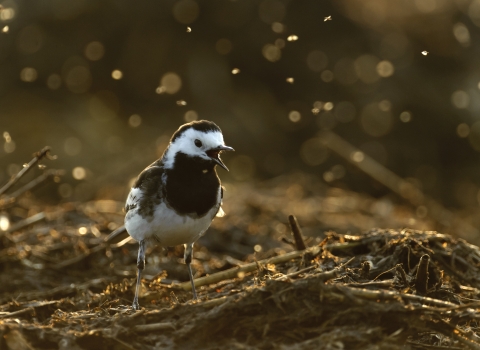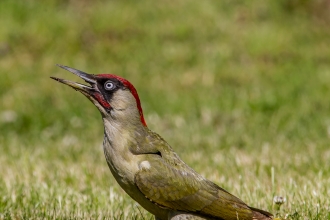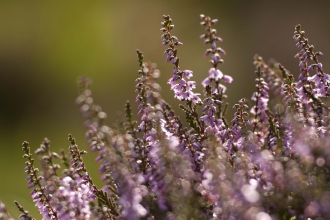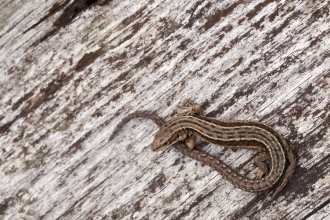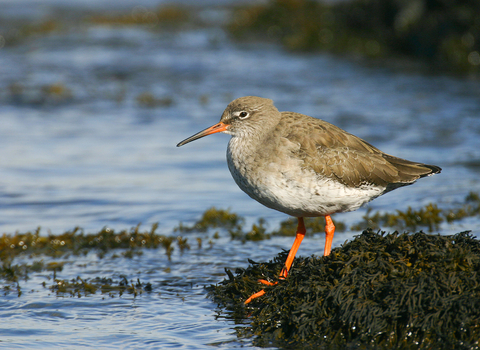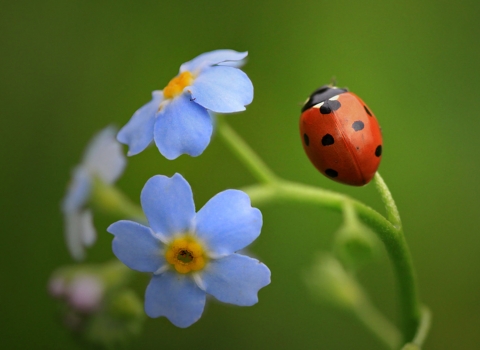Protecting wildlife
Nottinghamshire Wildlife Trust serves as the first line of defence for wild species and habitats in the county. We campaign tirelessly for wildlife, protecting threatened habitats such as wildflower meadows and species such as otters and water voles. We influence government policy and local planning decisions that affect the future of wildlife and the quality of our environment. Our efforts also help to secure positive gains by linking, extending and restoring important habitats.
Wildlife to look out for
The Landscapes of Nottinghamshire
The Nottinghamshire Landscape has a rich diversity of valuable wildlife habitats ranging from beautiful wildflower meadows to splendid ancient woodlands and wonderful waterways. Including some nationally important habitats such as heathland.
Ancient Woodland
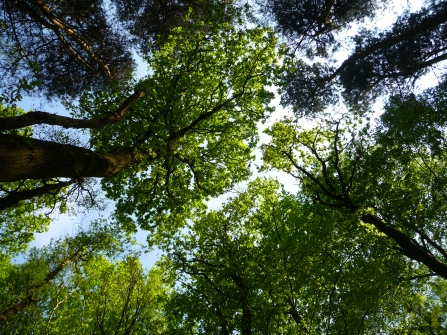
Gamston Wood © Rachel Rutherford
Ancient woodland is woodland that is known to have been present since at least 1600 (1750 in Scotland) and some may date back to the original wildwood, although modified by human activities. Plants which are slow to colonise and can only be found in woodland are often good indicators of ancient woodland. There are many plant species typical of those found in ancient woodlands, such as yellow archangel, wood anemone and wood melick. A mix of tree species provides an excellent range of habitats for wildlife, as does deadwood, which provides excellent habitat for a wide range of flora and fauna, including bracket fungi, beetles, bats and hole-nesting bird.
Some of our top Ancient Woodlands are listed below
Duke's Wood
Gamston Wood
Ploughman Wood
Treswell Wood
Wetland
The rain-drenched lands of the UK offer perfect conditions for the formation of wetlands. These places where water and dry land meet are home to a wide range of species, from dragonflies and damselflies, to wading curlew and snipe; from carnivorous plants to flitting butterflies. Wetlands are fantastic places to spot a huge variety of birds, so make sure that you take your binoculars along with you.
Reedbeds are found in the zone between water and land, reedbeds are transitional habitats. Thickly vegetated yet waterlogged, they are home to secretive species such as bittern and bearded tit.
Some of our top Wetlands are listed below
Meadow

Flower-rich meadows and pastures owe their wealth of species to traditional systems of hay-cutting and grazing that have persisted for centuries. Pastures are generally grazed throughout the summer; meadows are shut up in the spring to allow the sward to grow up, so a hay cut can be taken, and then the livestock are brought back to graze the re-growth in late summer. In meadows, the annual removal of vegetation keeps bulky species in check and allows more delicate species to flourish.
Ashton's Meadow represents one of the few areas of unimproved pasture habitat in Nottinghamshire, and is maintained by a traditional method of allowing the grassland to grow throughout the spring and early summer, before cutting it back for hay in July
Some of our top Meadows are listed below
Ashton's Meadow
Chilwell Meadow
Eakring Meadow
Heathland
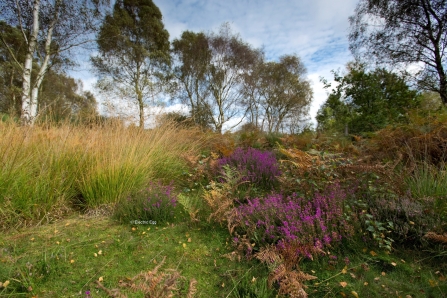
Rainworth Heath © Electric Egg
Heathland is found from sea level to about 1000m. The low soil fertility means that heathland is generally characterised by a small number of plant species, of which various heathers are usually dominant. Despite this, there are significant differences in heathland depending on climate, altitude, terrain and wetness, and the nature of the underlying substrate.
Lowland heath was once common on the sandstone areas of Nottinghamshire, and much of Sherwood Forest used to be covered in heathland, but most of this has now been lost to agriculture and forestry.
Some of our top Heathlands are listed below
Rainworth Heath
Strawberry Hill Heath

